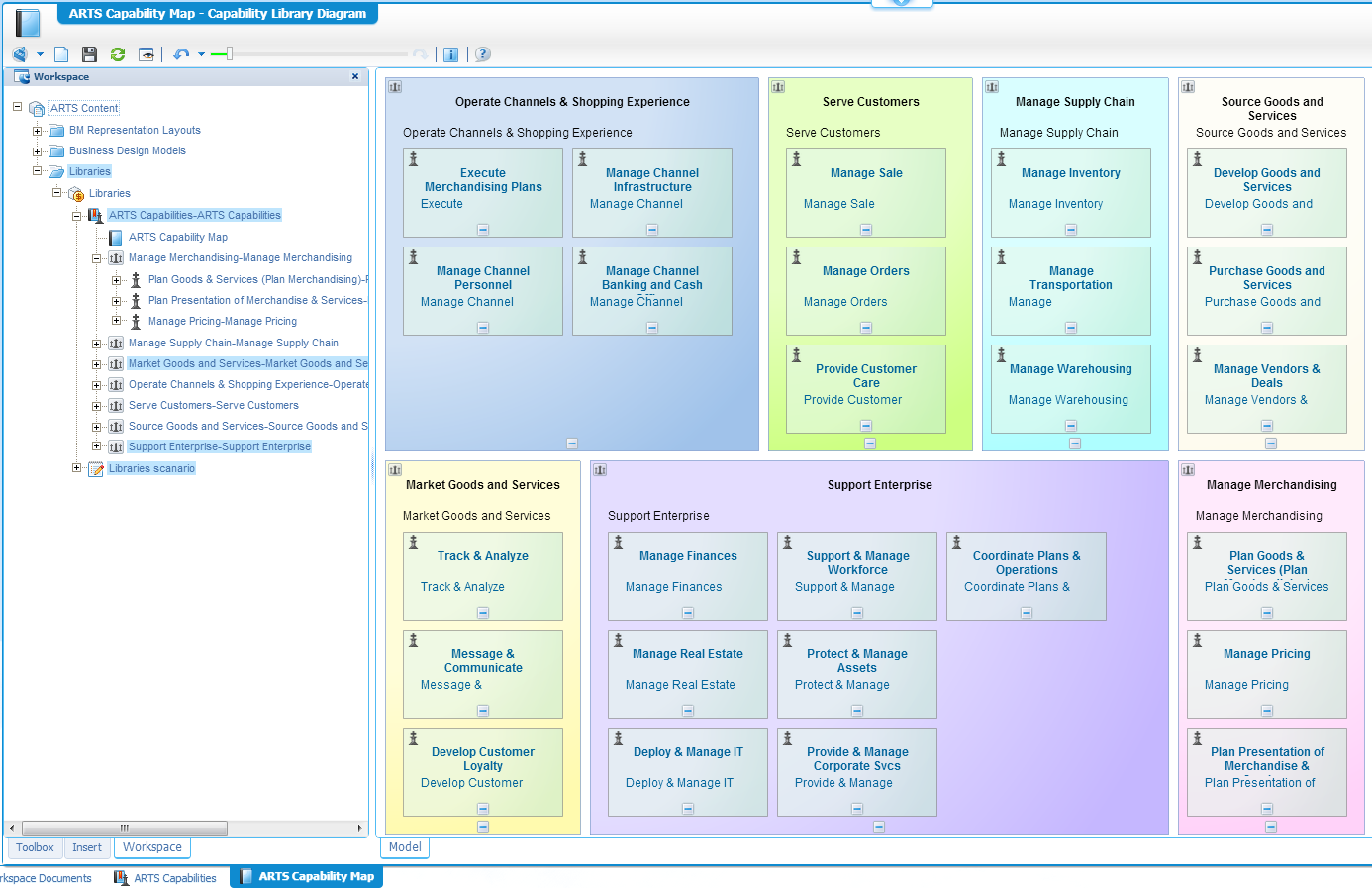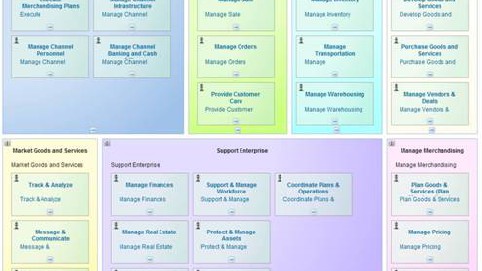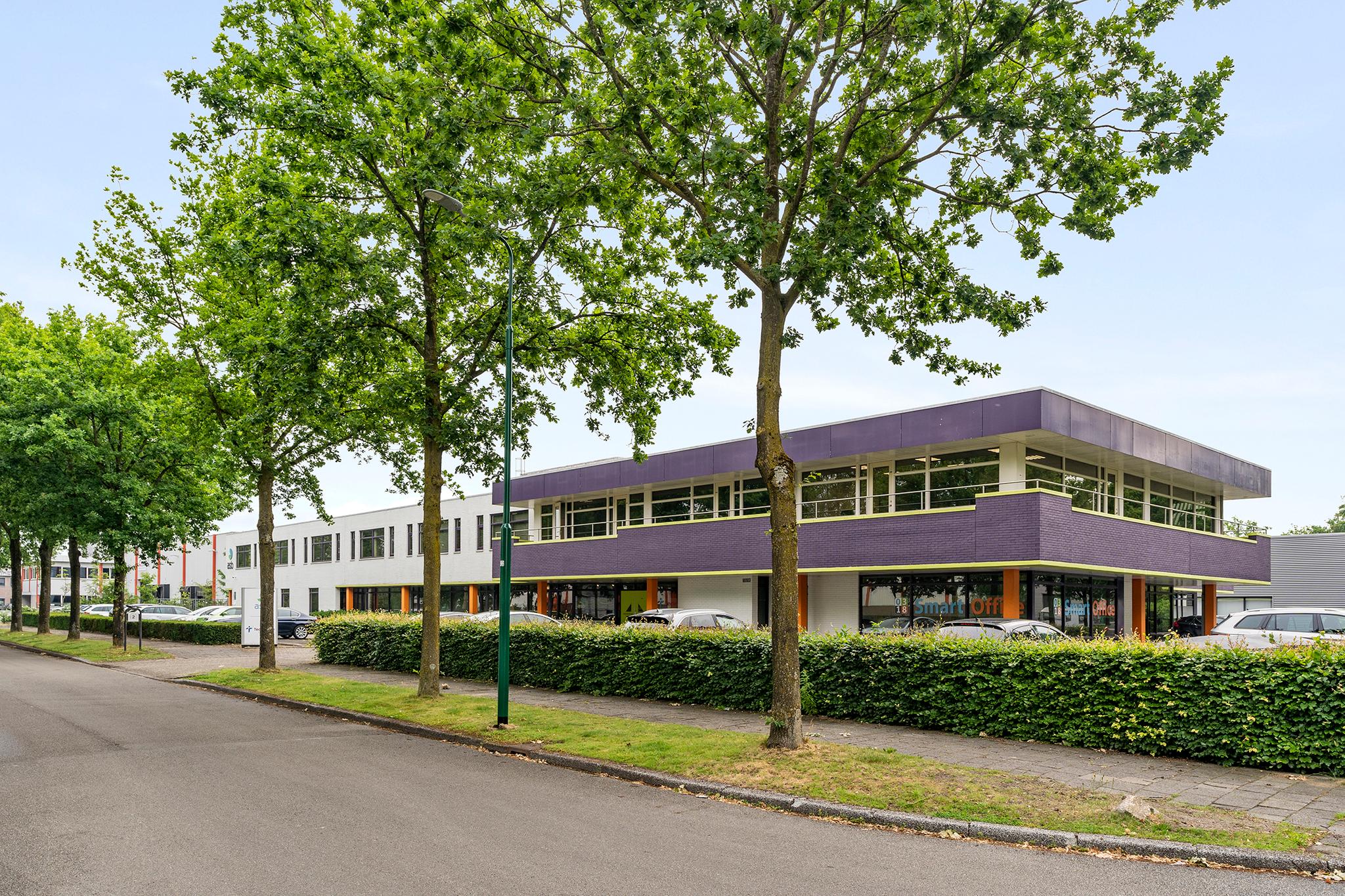Introduction
- First and example: Argility and SpringCommerce Platform
- How Argility is implementing the ARTS Model for Commerce solutions
- The importance of Customer Order Decoupling Point (to what extent does an organization influence) and the impact on Information models
- Software trends transitioning from the Departmental applications towards the Enterprise-wide applications and towards the Business Service applications that are centered around a domain (CRM, HR, Finance, Commerce, etc)
- What makes a domain model so appealing?
In this blog, let us look at how Argility is implementing the ARTS Model for Commerce solutions.
The ARTS Model has four standards:
- The Standard Relational Data Model
- The ARTS Operational Data Model and the ARTS Data Warehouse Model (DWM) provide retailers and vendors a mature foundation for developing retail business solutions.
- The ARTS Operational Data Model represents a relational transaction-oriented view of the retail enterprise data. It is normalized and designed to support the day-to-day transactional functions performed by a retail enterprise.
- The ARTS Data Warehouse Model (DWM) supports business reporting and analysis. The DWM is designed around a star schema approach that supports end-user data query, reporting and analysis.
- UnifiedPOS
- UnifiedPOS is the acronym for Unified Point of Service and version 1.13 is the current standard. It is an architectural specification for application interfaces to point-of-service devices that are used in the retail environment. This standard, which has been in existence for several years, is both operating system-independent and language neutral.
- ARTS XML
- ARTS XML has developed numerous standard xml-schema’s.
ARTS XML builds on the ARTS Data Model to develop standard XML schema’s and message sets to ease Application to Application (A to A) integration within a retail enterprise.
- ARTS XML has developed numerous standard xml-schema’s.
- ARTS Business Process Modeling
- When retailers set out to define their business strategy, at the most basic level they decide on what they want to sell and to whom they wish to sell it. At the end of the day, they need to be able to execute their strategy better than their competitors.
- Business Process Modeling (BPM) is about how a retailer chooses to do business, and it’s a tool that can help you identify strengths and weaknesses in how you manage your business and your strategy.
ARTS Model is a division of the National Retail Federation. These standards enable the rapid implementation of technology within the retail industry by developing standards to ease integration of software applications and hardware devices.

ARTS Capability Map
Many leading retailers and vendors worldwide contribute in shaping the ARTS Data Model. The ARTS Data Model is known as the information standard in the retail industry and provides a comprehensive design document containing all data elements and definitions required to support retail applications.
The ARTS community is working right now on the aspects of Process definitions. At the highest level, i.e., Level 0, the Retail Reference Model provides a collection of domain areas and capabilities to describe the retail enterprise as a whole. The Retail Reference Model is divided into several domains:
- Serve Customers
- Operate Channels & Shopping Experience
- Market Goods/Services
- Manage Merchandising
- Manage Supply Chain
- Source Goods/Services
- Support Enterprise
In future releases, ARTS will start populating Level 2, Logical Business Processes, that take each of the groups identified in Level 1 and provides are presentation of the logical part of these end-to-end business processes. Level3, the Physical Business Processes, represents the activities and tasks that are executed by an actor and system to complete a process defined in Level 2.

ARTS process overview
The overview of The ARTS Business Process Modeling is modeled VDML business modeling technology, using the Capability library designer. My friend, Fred Cummins, has written many posts about the Agile Enterprise and VDML. VDML is an OMG standard that’s accepted by the Architecture Board and Board of Directors of the OMG. My colleague, Henk de Man, is one of the main contributors to this specification; he is working very close with Fred Cummins, Arne Berre and many others to get this new innovation ready for our Industries.
What does all this mean to you?
When you need a Commerce Solution, there is one available that is based on an ARTS model-driven approach. That means it is ready to participate in your business and IT ecosystem. It also means that you benefit from the work of all smart Retail domain architects that have created the ARTS meta model and you continue to do so with new updates.
Industrialization of domain knowledge by productizing this Commerce Solution, is getting to the next level to accelerate adoption of best practices that will result in a better operation. What has been done with the ARTS meta model, can be done with other domain models as well.
In my next blog, I would like to dig deeper into the influence of domain models.

